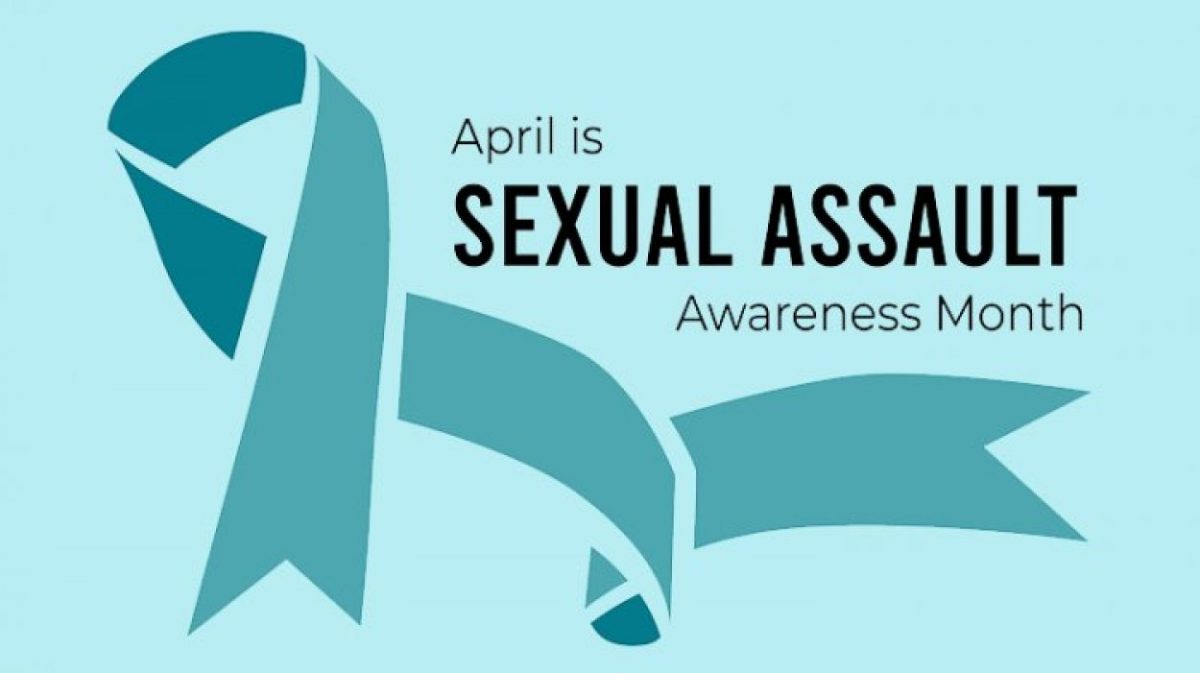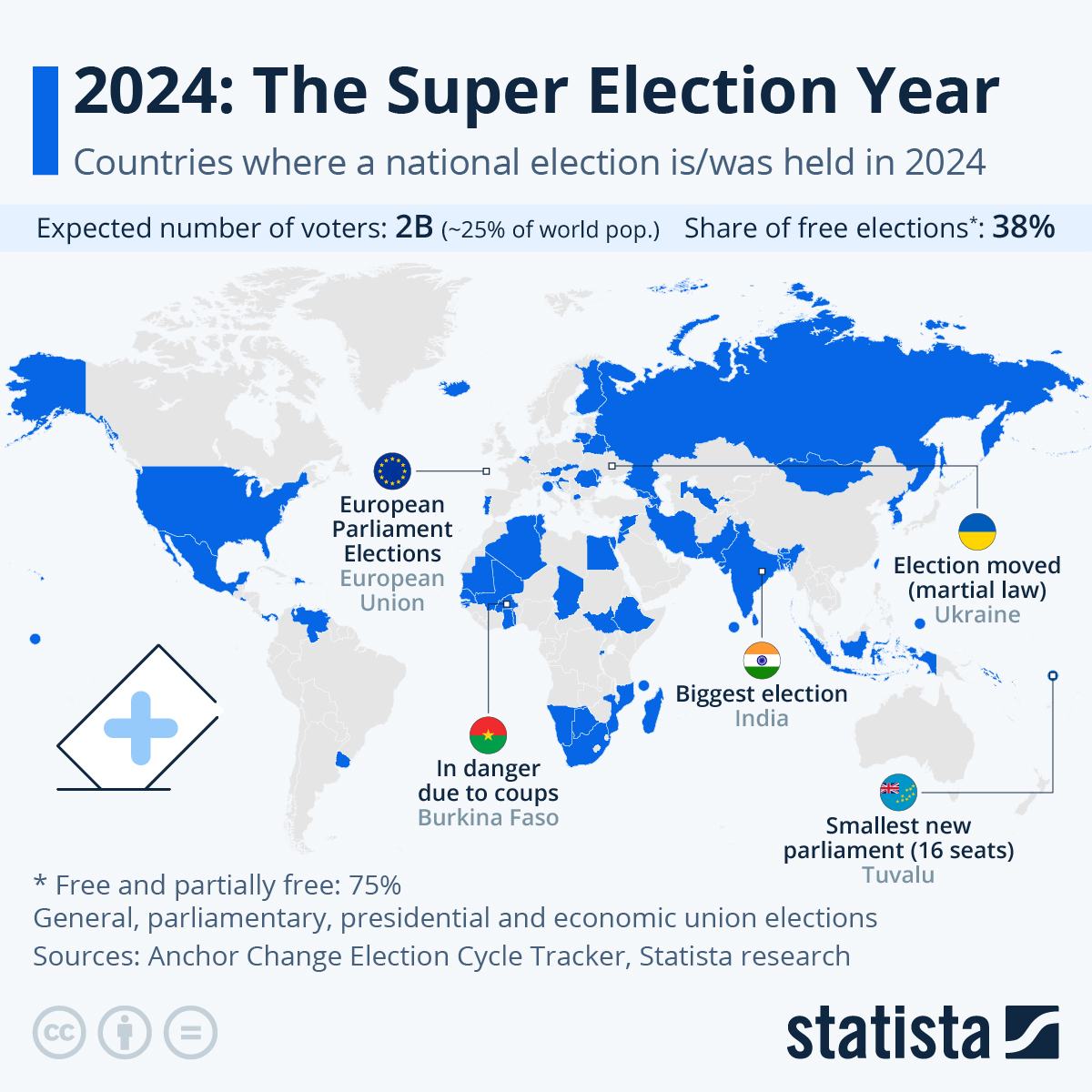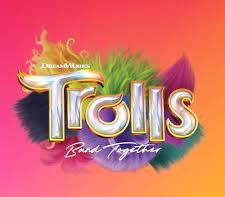
Halloween is a beloved holiday that has been celebrated since the dawn of time. Today we know it as a day to dress up, earn candy, and show off ourselves, but before modern commercialism, Halloween didn’t have the same meaning as today.
Halloween can be dated all the way back to the ancient Celtic festival of Samhain. Samhain, meaning “summer’s end”, had been celebrated by a group called the Celts in modern-day Ireland, England (or the United Kingdom), and northern France. It marked the end of the harvest season and the beginning of winter. In these times, winter was the season commonly associated with death.
The Celts believed that, during Samhain, the relationship between the living and the dead would shift and the dead would be able to wander the earth. To please the spirits, the Celts put on costumes built from animal skins and heads and held bonfires. They left out food to lead the dead to them.
As the popularity of Christianity grew, festivals became ungrouped in Christian traditions. In the 7th century, Pope Boniface IV proclaimed November 1st as All Saints’ Day, a day to honor saints. October 31st became known as All Hallows’ Eve or Halloween. It was a time for Christians to prepare for the upcoming event.
During the Medieval ages, Halloween became less of a religious holiday. While still having Christian traditions, Celtic traditions were added as well. Communities celebrated the day with feasts, games, and costumes. Men, women, and children dressed as saints, angels, and demons. It was common for children to go “souling”, visiting homes to receive food and offerings in reward for praying for the deceased.
Halloween became popular in America when Irish and Scottish immigrants came to the U.S. in the 19th century. In America, it became a community-based holiday, with Celtic and European traditions mixed together. “Jack-o’-lanterns”, which were originally carved into turnips, became associated with Halloween when pumpkin carving became more popular in the United States.
In the early 20th century, Halloween saw a shift towards a more commercial and community-oriented celebration. Trick-or-treating became a widespread tradition, with children going door to door collecting candies and other sweet treats. Halloween parties, haunted houses, and costume parades became staples of the holiday.
Today, Halloween has become a worldwide phenomenon, with a wide range of customs and traditions. It’s a time for scary decorations, fun costumes, horror films, and, of course, lots and lots of candy. While its origins are rooted in ancient Celtic and Christian traditions, Halloween has become an inclusive holiday enjoyed by people everywhere.
Halloween’s history is one of ancient Celtic beliefs, Christian influence, and the cultural influence of America. It has evolved from a grand festival celebrating the end of the harvest season into a lively and festive occasion celebrated by millions around the world. Whether you’re carving pumpkins, wearing costumes, or enjoying haunted houses, Halloween continues to captivate our imaginations and bring joy each year on October 31.





